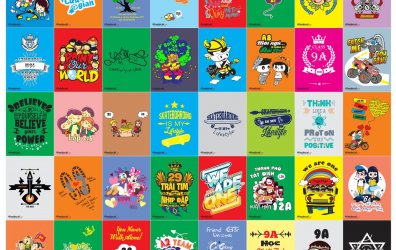S
sudhasingh
In today's fast-paced digital landscape, education advertisement strategies have evolved dramatically to keep up with technological advancements and changing consumer behavior. Schools, universities, and e-learning platforms now leverage innovative methods to attract and engage students. Below, we explore how these strategies adapt to digital trends and create impactful campaigns.

Embracing Data-Driven Marketing
Leveraging Analytics Tools
Education marketers increasingly rely on data to make informed decisions. Platforms like Google Analytics, Facebook Insights, and AI-powered tools help gather and interpret student preferences, online behavior, and engagement patterns.
Personalization Through Data
Data analysis enables personalized ad experiences. For example, ads for engineering courses may target STEM interests, while arts courses could be shown to creatively interested audiences.
Harnessing the Power of Social Media
Platforms as Advertising Hubs
Social media platforms such as Instagram, LinkedIn, and TikTok are central to modern education advertising. These platforms offer targeted advertising options based on demographics, interests, and browsing habits.
Engaging Content Formats
Reels, Stories, and live sessions allow educational institutions to create relatable and engaging content. Virtual campus tours, student testimonials, and faculty Q&As resonate well with younger audiences.
Integration of Video Marketing
Rise of Short-Form Content
Short, impactful videos dominate digital marketing. Platforms like YouTube and TikTok make it easier to share course highlights, success stories, and interactive content that captures attention within seconds.
Live Webinars and Tutorials
Live streaming sessions and free webinars create a sense of trust and authority. These formats allow prospective students to directly interact with educators and ask questions.

Embracing Data-Driven Marketing
Leveraging Analytics Tools
Education marketers increasingly rely on data to make informed decisions. Platforms like Google Analytics, Facebook Insights, and AI-powered tools help gather and interpret student preferences, online behavior, and engagement patterns.
Personalization Through Data
Data analysis enables personalized ad experiences. For example, ads for engineering courses may target STEM interests, while arts courses could be shown to creatively interested audiences.
Harnessing the Power of Social Media
Platforms as Advertising Hubs
Social media platforms such as Instagram, LinkedIn, and TikTok are central to modern education advertising. These platforms offer targeted advertising options based on demographics, interests, and browsing habits.
Engaging Content Formats
Reels, Stories, and live sessions allow educational institutions to create relatable and engaging content. Virtual campus tours, student testimonials, and faculty Q&As resonate well with younger audiences.
Integration of Video Marketing
Rise of Short-Form Content
Short, impactful videos dominate digital marketing. Platforms like YouTube and TikTok make it easier to share course highlights, success stories, and interactive content that captures attention within seconds.
Live Webinars and Tutorials
Live streaming sessions and free webinars create a sense of trust and authority. These formats allow prospective students to directly interact with educators and ask questions.




